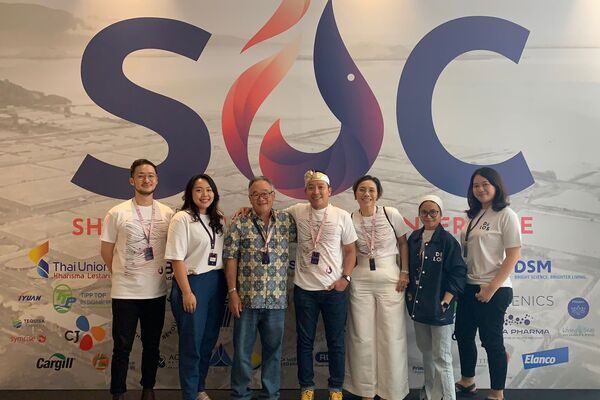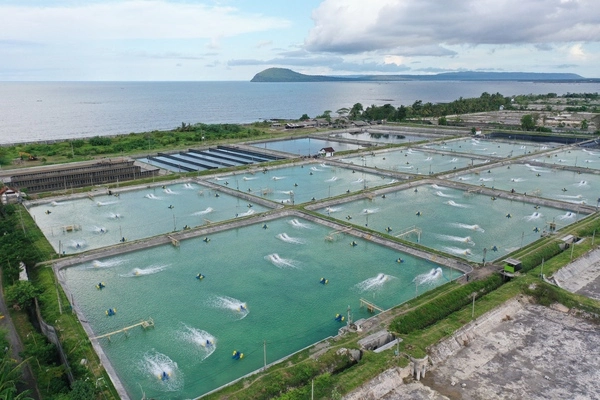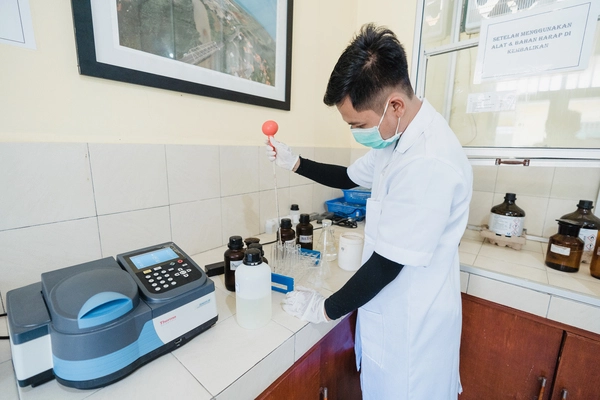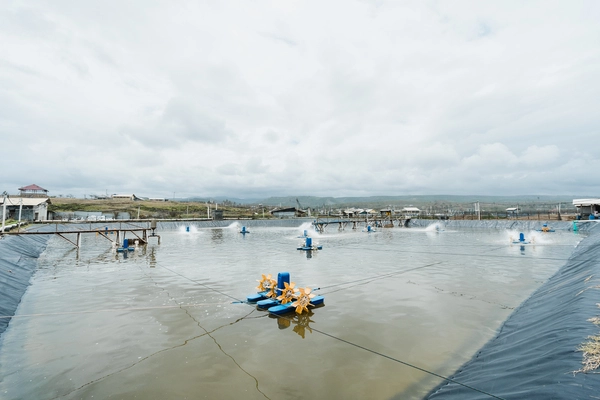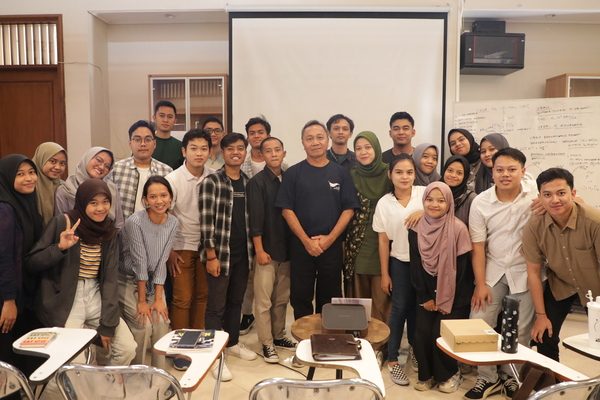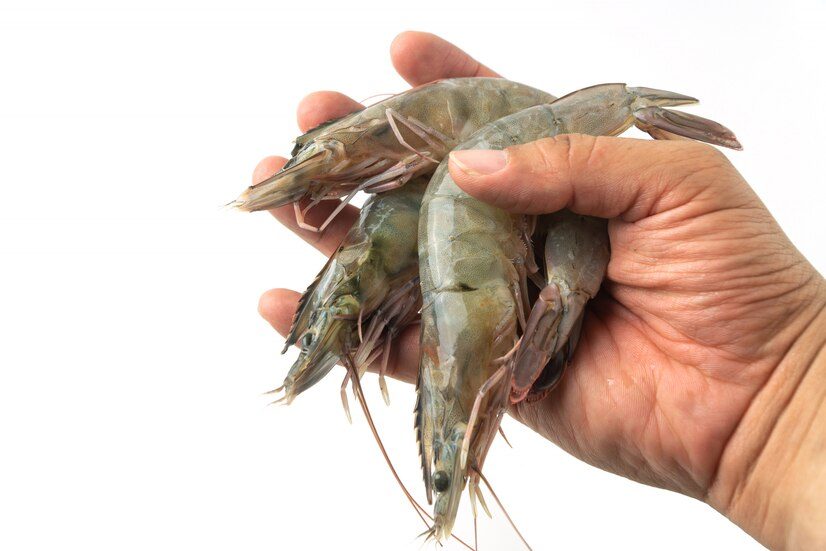4 Types of Vannamei Shrimp Farms You Have to Know
A shrimp farm is an artificial pond that is used as a habitat for aquaculture activities, one of which is vannamei shrimp. Generally, the pond’s location is near a spring, for example, in a coastal area.
Most people think all vannamei shrimp farms are the same. However, this is not the case. There are several types of farms around us based on management techniques and density levels.
The types of farms include traditional, semi-intensive, intensive, and super-intensive farms. So, what are the characteristics of these farms? Find the full answer in this article!
Also Read: 7 Easy Ways to Cultivate Vanname Shrimp for Beginners
Types of Vannamei Shrimp Farms
1. Traditional Farm
The traditional vannamei shrimp farm is a type of farm that is made quite simply with a relatively low scale of shrimp seed stocking density. Usually, this type of farm does not require a pump and waterwheel. Meanwhile, the change of water depends on the tides.
The stocking density of traditional farm or extensive shrimp farming is <50 shrimp/m².
Due to its relatively low density, traditional shrimp farms have an easier level of maintenance when compared to other types of shrimp farms. Likewise, the risk of shrimp getting diseases is also smaller.
2. Semi-Intensive Farm
The second type of shrimp farm is the semi-intensive farm. This type of farm has a higher stocking density than traditional farms. Therefore, pumps and waterwheels are needed, which are adjusted to the size of the farm area to manage the water flow.
The stocking density of semi-intensive vannamei shrimp ponds is <100 shrimp/m².
As for the feed problem, since the seeds are sown, semi-intensive farms usually directly use artificial feed as the main source of nutrition for vaname shrimp. Along with water quality, this feed is the most important part that must be considered during cultivation.
3. Intensive Farm
An intensive farm is a shrimp farm with a fairly high stocking density of seeds. Usually, this type of farm requires complex design and layout calculations. Starting from the depth of the water, the need for a pump, and the need for a waterwheel, it must follow the needs.
The stocking density of intensive vannamei shrimp ponds is >100 shrimp/m².
When building an intensive farm, waste management also needs to be considered. The reason is that the higher the farms’ density level, the higher the waste generated during cultivation.
4. Super Intensive Farm
The last type of vannamei shrimp farm is the super intensive farm. As the name suggests, this type of farm requires more complex maintenance than other types of ponds. Many considerations must be prepared, ranging from supporting equipment to the impact of cultivation on the environment.
Super-intensive shrimp ponds are the same as intensive ponds, but the size and stocking density is more prominent. Usually, the stocking density of semi-intensive shrimp ponds is >200 shrimp/m².
Starting from the design, layout, need for pumps, number and type of waterwheels, as well as technology and management, must continue to be considered because the impact will be huge on the sustainability of cultivation and the environment where the farm is located.
Also Read: DELOS Launches Inspirational Podcast on Aquaculture, DELOS Talks
The Importance of Choosing a Farm Location

After knowing the types of farms above, you must already know that we must consider many things before building a shrimp farm. Moreover, for semi-intensive, intensive, and super-intensive farms. Therefore, choosing the right location is very important to do.
The selection of farm locations aims to get the right and appropriate location so that the vannamei shrimp cultivation process can take place properly and the resulting harvest can be optimal.
The ideal farm location must have a good topography level to facilitate farm construction, contain clay-containing soil to hold water and build dams, and have sufficient water supply farms.
Also Read: Get to Know Vannamei Shrimp as a Farmers’ Favourite
Start Vannamei Shrimp Cultivation with DELOS!
When you want to start vannamei shrimp cultivation, you need a fairly thorough preparation, one of which is in choosing the type and location of the shrimp farms. This is done to get optimal yields and avoid losses.
However, don’t worry because DELOS is here for you! DELOS is the best science, technology and operational management-based aqua-tech company that can help you explore new opportunities in aquaculture.
We use an approach to social, environmental, infrastructure and regulatory issues at the designated farm locations. In addition, our Farm Management is also integrated with the AquaHero app, which makes it easier for you to monitor the condition of your farms every day.
DELOS also has a Supply Chain Integration program to help our partners get the best products and prices for their shrimp farming.
So, contact DELOS immediately at contact@delosaqua.com or submit your questions via the contact column on our website www.delosaqua.com. Let’s start vannamei shrimp farming with DELOS!






